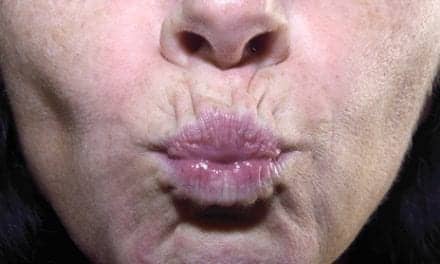For the first time, researchers have found that the blood vessels in face transplant recipients do reorganize themselves a year after the surgery.
The study of three patients, presented at the annual meeting of the Radiological Society of North America, showed “excellent” circulation in transplanted tissue.
“All three patients included in this study at Brigham and Women’s maintain excellent perfusion, or blood flow, the key element of viability of the facial tissues and the restoration of form and function to those individuals who otherwise had no face,” says study co-author Frank J. Rybicki, MD, PhD, FAHA, FACR, director of the hospital’s Applied Imaging Science Laboratory, in a news release. “We assumed that the arterial blood supply and venous blood return was simply from the connections of the arteries and the veins at the time of the surgery.”
Rybicki and Kanako K. Kumamaru, MD, PhD, a research fellow at Brigham and Women’s Applied Imaging Science Laboratory, used 320-detector row dynamic computed tomography angiography (CTA) to study the facial allografts of the three patients 1 year after successful full face transplantation. The CTA technology offers imaging over 16 centimeters of coverage, enabling the researchers to view the collateralization that often results from anastomoses, or branches formed between adjacent blood vessels.
“The key finding of this study is that, after full face transplantation, there is a consistent, extensive vascular reorganization that works in concert with the larger vessels that are connected at the time of surgery,” Kumamaru says.
The new blood vessel networks course posteriorly in addition to the large arteries and veins that course anteriorly in the face, or close to the jaw.
“We have found that since the vessels more commonly associated with the back of the head are critical to maintain the perfusion via vascular reorganization, it is essential to visualize these vessels and determine that they are normal preoperatively,” Kumamaru says. “Patients under consideration for face transplantation have universally had some catastrophic defect or injury.”
The findings could help improve surgical planning and assessment of potential complications in face transplant patients. For instance, previous literature recommends the joining of multiple arteries and veins to ensure adequate blood flow in the facial allograft. However, performing these multiple connections causes longer operation time compared with a single anastomosis. “Our findings support the simplified anastomosis for a full face transplant procedure that, in turn, can potentially shorten the operative time and reduce procedure-associated complications,” Rybicki says.


